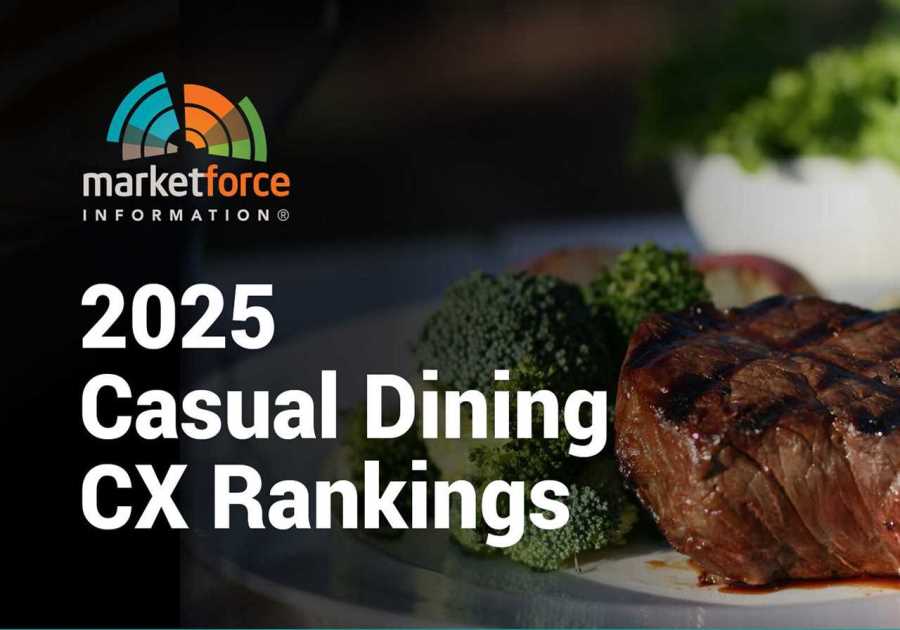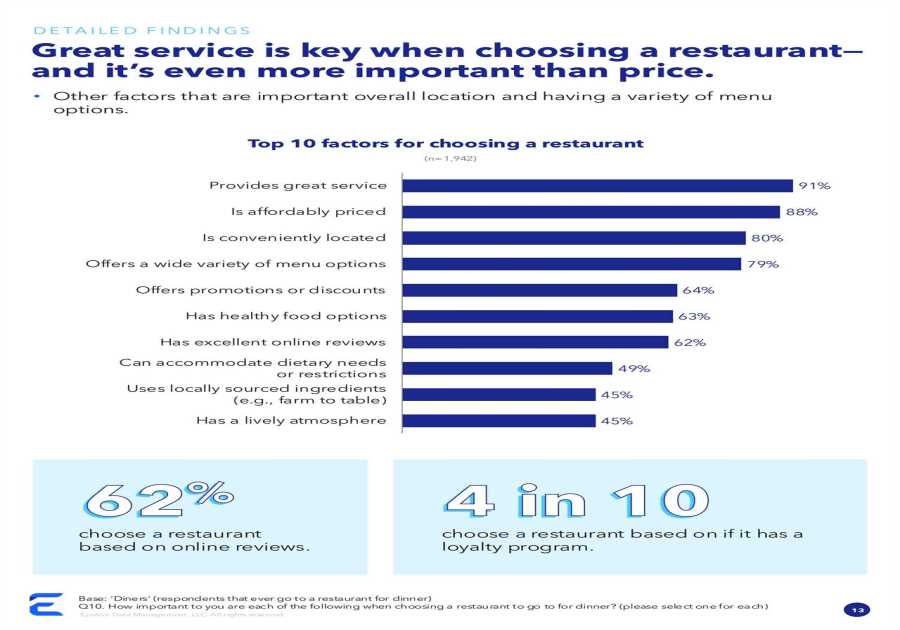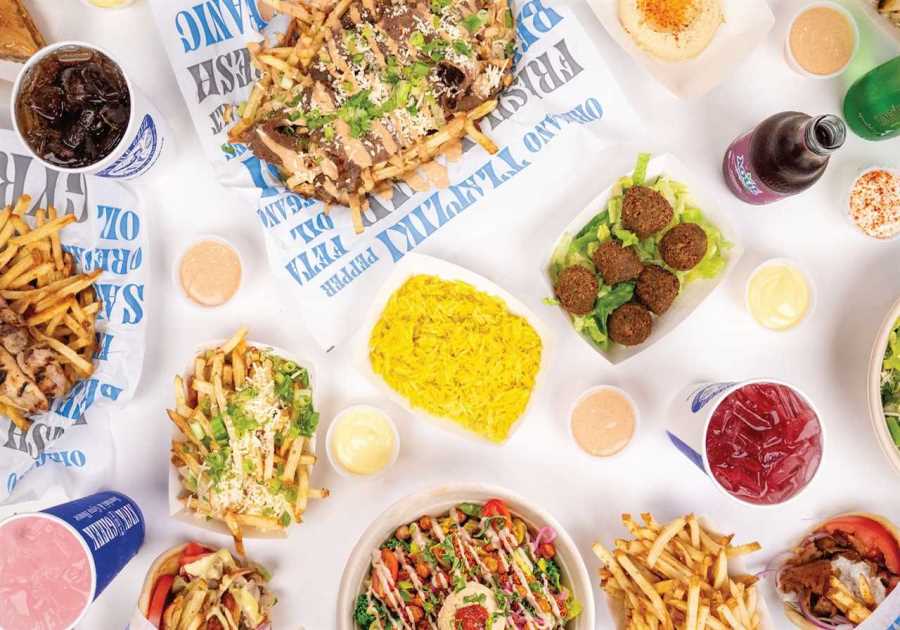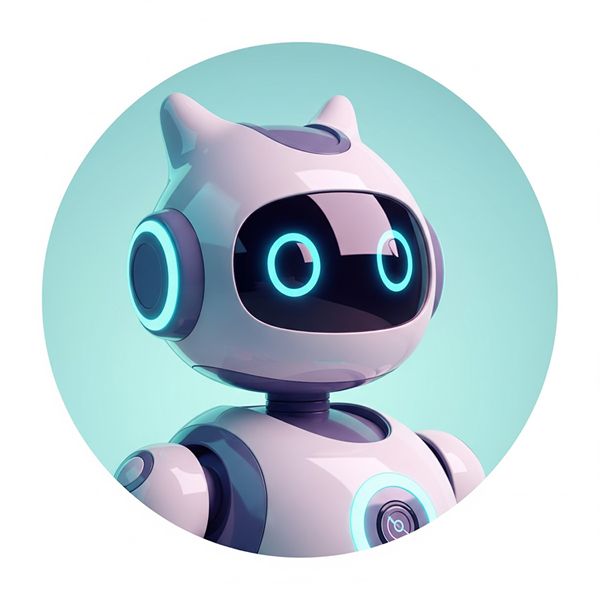
Executive Summary
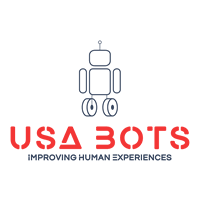
This report provides a comprehensive analysis of the value proposition of implementing autonomous food delivery robots in the modern restaurant industry. It examines the technology’s impact across three primary business dimensions: operational efficiency, customer experience, and sustainable revenue growth. Drawing on data from industry reports, the analysis reveals that beyond the initial novelty, these robots offer significant, quantifiable benefits. By automating repetitive tasks, they not only enhance operational speed and accuracy but also empower human staff to focus on high-value guest interactions, thereby elevating the overall dining experience. The report concludes that the strategic adoption of food delivery robotics represents a pivotal opportunity for restaurants to address labor shortages, improve service quality, and secure a competitive advantage in an evolving market.
1. The New Engine of Efficiency: Streamlining Restaurant Operations
The modern restaurant faces a constant challenge of balancing service quality with operational costs, a dynamic that has become increasingly difficult amidst rising wages and persistent labor shortages.1 The integration of autonomous service robots offers a powerful solution by fundamentally transforming the mechanics of front-of-house operations.
1.1 The Mechanics of Modern Service Robots: A Technical Blueprint
The core of a food delivery robot’s functionality is its ability to navigate a complex and unpredictable environment with precision and safety. This autonomy is built on a sophisticated technology known as Simultaneous Localization and Mapping (SLAM).3 SLAM navigation enables robots to simultaneously create a map of their surroundings and determine their position within that map, all in real time.3 The process begins with the robot’s onboard sensors, which often include high-precision LiDAR laser scanners, ultrasonic sensors, and various cameras.3 By combining these data streams, the robot can build an increasingly detailed map of the space as it moves, while also tracking its own path.4 Many models employ a combination of cameras, radars, and neural networks to navigate with a high degree of autonomy, exceeding 99% in some cases, while still allowing for remote human monitoring and intervention if needed.8
Beyond their foundational navigation, modern food delivery robots are equipped with advanced features tailored for the demands of the hospitality industry. They can detect obstacles with a reaction time as fast as half a second, ensuring they can safely slow down or stop to avoid people or property.6 Other features include voice recognition, touchscreens for user input, and the ability to carry significant payloads.7 These capabilities enable the robots to take on a wide range of tasks, from carrying heavy trays of food to bussing tables, with a precision and consistency that frees human staff to focus on other duties.10
1.2 Quantifying Operational Gains: Metrics of Performance
The technological sophistication of food delivery robots translates directly into measurable improvements in a restaurant’s operational performance. By flawlessly executing repetitive tasks, robots address some of the most common inefficiencies in the industry.2 The most tangible benefit is a significant reduction in labor hours, with a single robot saving at least 20 labor hours per week. The precision of these machines also leads to a marked decrease in human errors; in a real-world test, a robot server successfully performed its tasks correctly more than 99% of the time, surpassing an internal success threshold. This means fewer spills, fewer mix-ups, and less food waste, all of which contribute to a more efficient and profitable operation. A crucial second-order effect of this enhanced efficiency is an increase in table turnover rates, which can be boosted by an impressive 15% to 20%.
The table below summarizes these quantifiable operational gains, providing a clear, data-backed overview of the efficiency improvements.
Table 1: Quantifiable Operational Gains from Robot Integration
|
Key Metric |
Improvement |
|
Labor Hours Saved |
At least 20 hours per week per robot |
|
Table Turnover Rate |
15% to 20% increase |
|
Task Success Rate |
>99% in real-world tests |
|
Error Reduction |
Reduces spills, mix-ups, and food waste |
|
Food Safety |
Reduces risk of cross-contamination |
1.3 Augmenting the Human Workforce: A Reallocation of Labor
The true value proposition of food delivery robots is not simply a reduction in headcount but a strategic reallocation of human labor from mundane, physically taxing tasks to higher-value activities.10 By taking on the burden of carrying heavy trays and bussing tables, robots free up servers and food runners from the physical exertion that often leads to burnout and injury.6 This allows human staff to focus on the elements of hospitality that a machine cannot replicate: building rapport with customers, providing personalized recommendations, and proactively anticipating guest needs.17 One case study provides a compelling illustration of this dynamic, where employees reported that the robot “shoulder[ed] some of that load, making those trips easier and leading to less exertion and more efficiency”.
2. Transforming the Dining Experience: From Novelty to Expectation
While the operational benefits are compelling, the impact on the customer experience is equally significant. The presence of robots transforms the traditional dining experience, initially leveraging a powerful novelty factor before cementing its value through consistent and reliable service.
2.1 The Novelty Factor in Customer Engagement
The initial introduction of a service robot creates a unique and futuristic atmosphere that immediately captures customer attention. This “novelty factor” is a significant driver of satisfaction, as customers are drawn to the sense of trying something new and different.19 The interactive elements of many robots, such as voice prompts and the ability to play music, add an element of entertainment that can be particularly appealing.18 This innovative approach can become a key source of competitive advantage, attracting new customers and encouraging them to share their experience on social media.
2.2 A Data-Backed Correlation Between Robot Service and Customer Satisfaction
Beyond the initial “wow” factor, academic research and industry studies provide quantitative evidence that food delivery robots directly correlate with higher levels of customer satisfaction. A study on quick-service restaurants using automation and robots found that customers found the technology to be highly reliable, with a mean score of 4.56 out of 5, and rated the speed of service as a top dimension with a mean score of 4.45.21 In one real-world test, a remarkable 82% of guests in robot-assisted locations felt their overall experience was better because of the robot, and 77% believed their server spent more time with them due to the robot’s support.
The table below synthesizes key customer perception metrics from the research, providing a clear snapshot of how robot service is received by diners.
Table 2: Customer Perception and Satisfaction Metrics
|
Dimension |
Mean Score (Out of 5) |
Finding |
|
Reliability |
4.56 |
Customers find robots and automation to be reliable |
|
Speed of Service |
4.45 |
This was one of the two highest E-SERVQUAL dimensions rated by customers |
|
Assurance |
4.42 |
Indicates a high level of confidence in the service |
|
Perceived Risk |
4.40 |
Customers felt the service was risk-free |
|
Enjoyment |
4.36 |
Customers enjoyed the unique dining experience |
|
Overall Customer Experience |
4.54 |
Customers rated the overall experience as “excellent” 21 |
|
Overall Customer Satisfaction |
4.48 |
Customers rated their satisfaction as “extremely satisfied” 21 |
2.3 A Nuanced Look at the Human-Robot Partnership
While the data on customer satisfaction is overwhelmingly positive, a complete analysis must acknowledge the complexities and challenges of integrating robotics into a social environment. Some research suggests a “dislike for robots resembling humans” and a general discomfort with excessive anthropomorphism. The most successful implementations appear to be those where the robot is designed to be a reliable and clearly defined tool, rather than a flawed imitation of a human server. The best robot applications are those that function as a tool to enhance the dining experience without getting in the way or attempting to do something they are not yet capable of, such as providing creative, flexible, or high-touch hospitality services.
3. The Economic Imperative: A Pathway to Sustainable Revenue Growth
In a highly competitive industry where profit margins are consistently squeezed, the financial viability of any new technology is paramount. The investment in food delivery robots, while initially substantial, offers a clear pathway to sustainable revenue growth through a combination of direct cost reduction and enhanced revenue generation.
3.1 A Deep Dive into Labor Cost Reduction and ROI
The adoption of food delivery robots involves a significant upfront capital expenditure. The cost of a single robot can range from approximately $8,800 to over $20,000, depending on the model and its features.22 However, a truly expert financial analysis must look beyond the initial price tag to consider the total cost of ownership and the return on investment (ROI) over time. The long-term savings in labor can be profound, with automation reducing labor costs by 20% to 50% on the front end of operations. One analysis suggests that a single robot could, in theory, pay for itself in less than 12 months by offsetting the cost of a full-time, minimum-wage worker. This is a powerful financial argument, especially in regions with high minimum wage requirements, however this is minimal in comparison to how to monetize the true effects of robotics in restaurants.9
The following table presents a sample cost-benefit analysis, illustrating a potential ROI calculation for a single food delivery robot.
Table 3: Cost-Benefit Analysis and Projected ROI
|
Financial Metric |
Cost/Value |
Calculation Details |
|
Initial Investment |
$15,000 |
Average upfront cost of a food delivery robot |
|
Monetized Labor Savings |
$1,200/month |
20 labor hours saved/week at an average wage of $15/hour |
|
Revenue Gains |
Variable |
Based on increased table turnover and average check size |
|
Projected Break-Even |
9-12 months |
Cumulative benefits surpass initial investment |
3.2 Driving Revenue Through Increased Throughput and Sales
While labor cost reduction is a primary driver, the most significant long-term financial benefit of food delivery robots is their ability to directly increase revenue. By streamlining service and reducing wait times, robots enable restaurants to serve more customers in the same amount of time, a concept known as increased throughput.10 The ability to boost table turnover rates by 15% to 20% directly increases a restaurant’s daily revenue potential.
Furthermore, the reallocation of human labor from repetitive tasks to high-value customer interactions creates new opportunities for revenue generation. With less time spent running food, human servers can focus on upselling and personalized recommendations.17 The data from one automated restaurant chain supports this, showing that customers tend to spend more money per order, leading to a “significantly higher sales margin” than in traditionally staffed stores. This synergistic effect – where the robot’s efficiency facilitates the human’s ability to sell more – is a powerful model for sustainable revenue growth.
3.3 Market Trends and Case Studies: Real-World Applications
The hospitality robot market is projected to grow by 12% annually by 2027, adding over $342 million to the industry, indicating a strong trend toward adoption.
- A major restaurant chain: The parent company of a large restaurant chain successfully tested a robot server in 61 U.S. restaurants. The program was deemed a success based on utilization and a task success rate of over 99%. The most compelling data from this test was the customer feedback, with 82% of guests reporting a better overall experience and 77% noting that their human server spent more time with them because of the robot’s assistance.
- A salad chain: One salad chain’s automated kitchen concept is an example of an integrated robotic ecosystem. These locations can prepare up to 500 bowls per hour and have proven to be more profitable than their traditionally staffed counterparts, with higher sales margins and larger average check sizes.
- A fast-food chain: The fast-food chain’s use of a cooking robot has demonstrated a direct impact on productivity, with the robot producing 30% more fries than human This highlights the robot’s ability to perform repetitive culinary tasks with exceptional speed and consistency.
4. Navigating the Challenges and Future Outlook
A comprehensive analysis of food delivery robotics would be incomplete without a frank discussion of the primary challenges and a strategic plan for overcoming them. While the technology promises a new era of efficiency and profitability, its successful implementation requires careful planning and a nuanced understanding of its limitations.
4.1 Strategies for Successful Implementation
To mitigate these challenges, businesses should adopt a phased, strategic approach to robotic implementation. The research suggests starting with a small-scale pilot program to test the technology and identify “low-hanging fruits” – repetitive tasks that are well-suited for automation.9 A crucial component of this strategy is to invest in workforce upskilling and training programs, a process that can help transition employees from food runners to robot overseers and customer engagement specialists.23 This re-frames the conversation from job replacement to job evolution. Additionally, businesses should explore flexible financing options, such as renting or leasing, to make the initial investment more manageable.10 For businesses interested in exploring these solutions, USABots can help with all of these initiatives, and can be reached at USABots.com or by calling 888-650-1222.24
4.2 The Future of the Autonomous Restaurant
The current generation of food delivery robots represents the early stages of a broader revolution in the restaurant industry. As the cost of robotics continues to decrease and artificial intelligence becomes more sophisticated, the technology will evolve from single-function tools to integrated, end-to-end automation ecosystems.10 The future of the autonomous restaurant is one where robots not only deliver food but also assist with cooking, dishwashing, and inventory management, all coordinated by a central fleet management software.3 This vision is already taking shape, with companies paving the way with their integrated systems. The trend points toward a future where a restaurant’s operational efficiency is a direct reflection of its technological sophistication.
Conclusion
The analysis demonstrates that the implementation of food delivery robots in restaurants is not merely a passing trend but a strategic business imperative with a clear, data-backed value proposition. These robots serve as a new engine of efficiency, using sophisticated SLAM navigation to streamline operations, reduce human error, and increase table turnover rates by as much as 20%. By handling repetitive and physically demanding tasks, they also liberate human staff to focus on high-value, personalized customer engagement, thereby elevating the overall dining experience and directly contributing to higher customer satisfaction scores.16
A comprehensive ROI analysis reveals that the long-term savings in labor costs, coupled with the revenue generated from increased throughput and sales, can lead to a payback period of less than a year in some cases. The most compelling applications are those where the robot acts as a seamless extension of the human workforce, creating a symbiotic partnership that leverages the best of both worlds: the robot’s precision and speed and the human’s creativity and empathy.
The future of the restaurant industry belongs to those who view technology as a tool for transformation, not a replacement for people. By adopting a strategic, phased approach to implementation and focusing on workforce development, restaurant operators can navigate the challenges of cost and integration to build a more resilient, profitable, and modern dining experience.
For more information or to discuss solutions to the challenges your restaurant may be facing, you can contact USABots by calling 888-650-1222 or visiting their website at USABots.com.24
Works cited
- How AI is Transforming Restaurant Labor Costs – TastyIgniter, accessed August 23, 2025, https://tastyigniter.com/blog/how-ai-is-transforming-restaurant-labor-costs
- The Restaurant Robot: What It Means for Food Service (and Staff) – Revolution Ordering, accessed August 23, 2025, https://www.revolutionordering.com/blog/restaurant-robot/
- SLAM navigation and how it impacts robotics – Interlake Mecalux, accessed August 23, 2025, https://www.interlakemecalux.com/blog/slam-navigation-robotics
- What Is SLAM (Simultaneous Localization and Mapping)? – MATLAB & Simulink, accessed August 23, 2025, https://www.mathworks.com/discovery/slam.html
- (PDF) Robot restaurant experience and recommendation behaviour: based on text-mining and sentiment analysis from online reviews – ResearchGate, accessed August 23, 2025, https://www.researchgate.net/publication/377974567_Robot_restaurant_experience_and_recommendation_behaviour_based_on_text-mining_and_sentiment_analysis_from_online_reviews
- The Rise of Restaurant Robots, accessed August 23, 2025, https://www.therestauranthq.com/technology/restaurant-robots/
- Robot Waiters | Guide for Restaurant Owners – G Robotic, accessed August 23, 2025, https://grobotics.co.nz/robot-waiters-the-complete-guide-for-restaurant-owners/
- Tech Dining Delivers! – Georgia Tech, accessed August 23, 2025, https://dining.gatech.edu/starship
- What’s the Real ROI of Automating Fast Food Restaurant Food? – Hyper, accessed August 23, 2025, https://www.hyper-robotics.com/knowledgebase/whats-the-real-roi-of-automating-fast-food-restaurant-food/
- How Service Robots are Transforming Restaurant Efficiency, accessed August 23, 2025, https://www.naviarobotics.com/blogs.php?qb-b=how-service-robots-are-transforming-restaurant-efficiency
- Meet the Robots Making Your Restaurant Meal – Food & Wine, accessed August 23, 2025, https://www.foodandwine.com/meet-the-robots-making-your-restaurant-meal-11788347
- Efficient Food Delivery Robots & Campus Robots – com, accessed August 23, 2025, https://www.alibaba.com/showroom/food-delivery-robot.html
- Exploring The Impact Of Robots In Restaurants – Checkmate, accessed August 23, 2025, https://www.itsacheckmate.com/blog/exploring-the-impact-of-robots-in-restaurants
- How Robots Serving Food Are Transforming the Dining Experience – PROVEN Robotics, accessed August 23, 2025, https://provenrobotics.ai/robots-serving-food/
- Labor Cost Savings from Automation: Stat Breakdown | PatentPC, accessed August 23, 2025, https://patentpc.com/blog/labor-cost-savings-from-automation-stat-breakdown
- ‘The Future of Dining’: Chili’s Expands Robot Servers to 61 Total …, accessed August 23, 2025, https://dallasinnovates.com/the-future-of-dining-chilis-expands-robot-servers-to-61-total-restaurants/
- The Rise of Restaurant Robotics – RobotLAB, accessed August 23, 2025, https://www.robotlab.com/group/blog/the-rise-of-restaurant-robotics
- Restaurant Robots: Revolutionizing Modern Dining … – Newo.ai, accessed August 23, 2025, https://newo.ai/insights/revolutionizing-modern-dining-exploring-the-impact-of-restaurant-robots/
- 2350-7179 JGB 18232 Customer Satisfaction with Robots as Service, accessed August 23, 2025, https://nectarine-blue-fx2y.squarespace.com/s/JGB-18232.pdf
- Full article: Robotic dining delight: Unravelling the key factors driving customer satisfaction in service robot restaurants using PLS-SEM and ML, accessed August 23, 2025, https://www.tandfonline.com/doi/full/10.1080/23311975.2023.2281053
- (PDF) The Emergence of Service Robots at Selected Quick Service …, accessed August 23, 2025, https://www.researchgate.net/publication/387968069_The_Emergence_of_Service_Robots_at_Selected_Quick_Service_Restaurants_Impact_on_Customer_Experience_and_Satisfaction
- Food Delivery Robots – RobotShop, accessed August 23, 2025, https://www.robotshop.com/collections/food-delivery-robots
- What Are the Disadvantages of Robots in the Food Industry?, accessed August 23, 2025, https://provenrobotics.ai/disadvantages-of-robots-in-the-food-industry/
- UsaBots: Service Robots, accessed August 23, 2025, https://usabots.com/
- Nala Robotics – World’s First AI Enabled Fully Automated Robotic Kitchen – YouTube, accessed August 23, 2025, https://www.youtube.com/watch?v=E0DafgbSv5w

